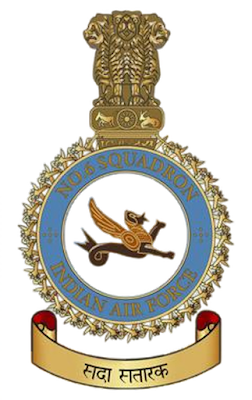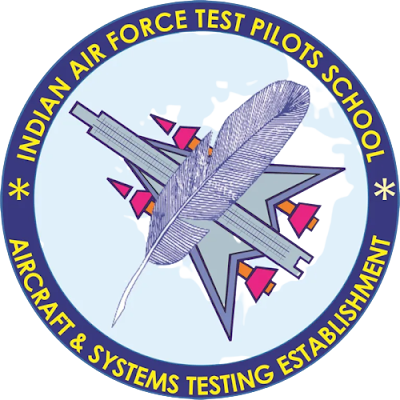NO. 6 SQUADRON

NO. 6 SQUADRON The No 6 Squadron is one of the ten senior squadrons of the Indian Air Force, raised before Independence. The squadron formed at Trichinopoly (now Tiruchirapally) on December 1, 1942 under the command of the redoubtable Squadron Leader Mehar Singh. The 'Dragon' emblem was initially carried on the B-24 Liberators of the Squadron. A modified version of this dragon is shown on the patch currently worn by the pilots of the Squadron. By representing its association with both the sea and the air and its motto, ‘Sada Satark’ ‘Always Alert’. A squadron veteran interested in heraldic matters informs us that the crest as originally designed violated accepted rules of heraldry, in having the dragon facing from left to right. (This is because when flown on a flag, crest designs conventionally show the flagstaff on the left, which would have resulted in the dragon moving backwards when the flag was marched.) The error was only noticed after the Presiden





